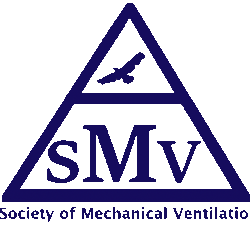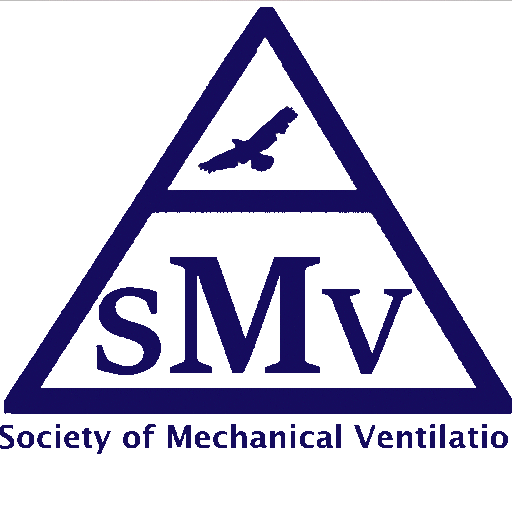
A question I always ask myself, why are we treating our patients like cars?
Need to fill gas/oil tanks/tires with certain volumes and up to certain pressures.
Is the human lung the same as a car part? If you agree that our lungs are different, then please ask yourself why are we giving certain volume (6 ml/kg) every breath, and to a certain pressure (plateau < 30 cmH2O), and applying some tables (PEEP-FiO2) to our patients.
Just to be clear and before you trash this blog, I’m not advocating giving high tidal volumes, pressures to a sick lung. We are talking about
“Individualized Ventilation”
Let’s take ARDS as an example, we know that not every ARDS is the same even if PaO2:FiO2 the same:
- Etiology: Pulmonary vs non-pulmonary ARDS, ARDS vs COVID-19 ARDS
- Characteristics: different total respiratory/lung/chest wall mechanics
- Timing: Early (first 48-96 hrs) vs late (> 96 hrs)
- Recruitability: some lungs are recruitable vs some are not
- Different lung weights and lung water
- Response to PEEP/Prone: some are responders vs some are not
- Different extents of endothelial injury, perfusion, and pulmonary circulation
The studies that we rely on and supply us with the evidence-based guidelines and recommendations include a mixture of different etiologies of ARDS, different timing, some do not address important issues (recruitability, PEEP responders vs non), and some are from a different era, so have flaws and should not be accepted as religious books.
So how can we support and treat all ARDS patients with the same protocols? At least for me that does not make sense.
What I am proposing is “Individualized Ventilation” and this is not a secret or a new concept by any stretch, matter of fact lots of clinicians do that already.
Knowledge:
Over the last couple decades, our knowledge about lung injury, monitoring (respiratory mechanics, recruitability, alveolar ventilation, dead space, transpulmonary pressures, Electrical impedance tomography are just few examples), asynchronies, ventilator induced lung injury (e.g. mechanical power, driving pressures) have vastly increased, yet we are still practicing like we did in the beginning of the century. We need better education to clinicians, better practical studies and evidence-based guidelines.
Time:
For the last decade we had a serious shortage of clinicians (physicians, respiratory therapists, and nurses) which was exacerbated and highlighted with the COVID-19 pandemic. The shortage of manpower, increase load prevent us from spending enough time at each patient bedside and assessing their interaction with the ventilator, assessing their respiratory mechanics, their response to settings adjustments e.g. PEEP changes. Rather, we depend on x-rays and blood gas results to make our decisions.
Resistance to adapt and change:
This is a big obstacle not only in medicine but in our daily lives in general. Technology has advanced significantly last 2 decades, most of us adopted “smart phones” but not “smart modes” that might help us care for our patients better and more efficient as they can continuously monitor patient-ventilator interactions, respiratory mechanics and adjust themselves as an expert clinician watching the patient continuously 24 hours/day. Monitoring techniques that are not new and shown benefits in clinical practice (esophageal balloons, EIT as examples) are mostly confined to research and very hard to find their way to the bedside. Worse than that, the prone position that have repeatedly been shown large benefits still not widely or adequately utilized.
So what is the recipe and what are the roadblocks that precluding us from doing that?
Granted the technology is not 100% optimal yet but is evolving quickly with the evolving science of Artificial Intelligence. Of course new technology is usually more expensive and not readily available which adds to the big problem.
We need to open our minds to new knowledge and technological advances. We need not restrict clinicians to the use of constricting protocols/modes in their institutions that tie their creative abilities to care for their patients.
I’ll end this on a more optimistic note, we will continue to evolve, improve even if in a slower pace than we like but we will eventually.


Your thoughts are right on point. In the Long Term Ventilation arena.
We always hear from the Acute Care or Long Term Acute Care Hospitals that the patients are “unweanable”.
A brief review of the record most often shows that the patient failed “standardized protocols” which tells us there was no “individualized plan of care”. Ironically with an individualized plan of care and weaning methodology we see over 50% of the patients successfully liberated across the state of TN. Of the 8 designated Enhanced Respiratory Care sites some consistently have wean rates >60% with others falling into the 30 to 40% range. We believe the individualized mechanical ventilation approach is the best practice when we work with these long term vent patients.
Thank you for your comment
Agree with you